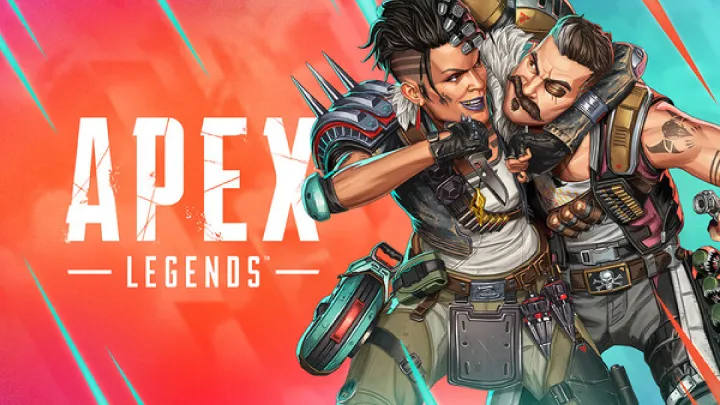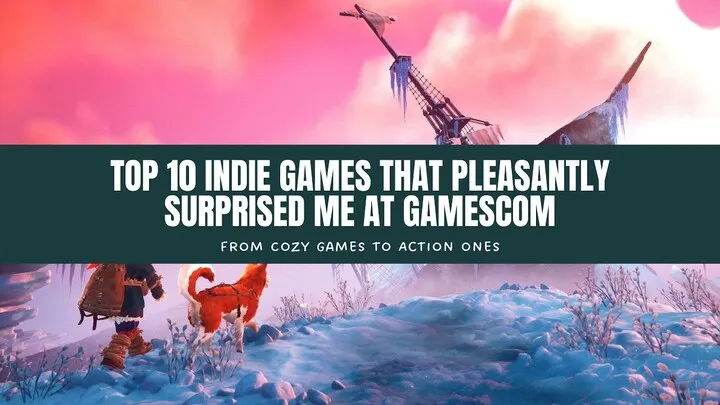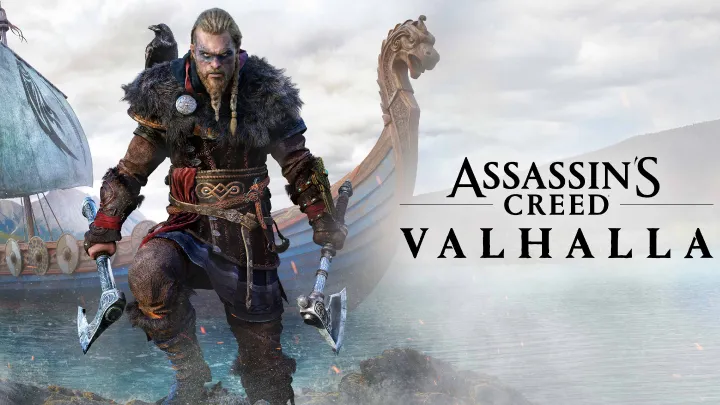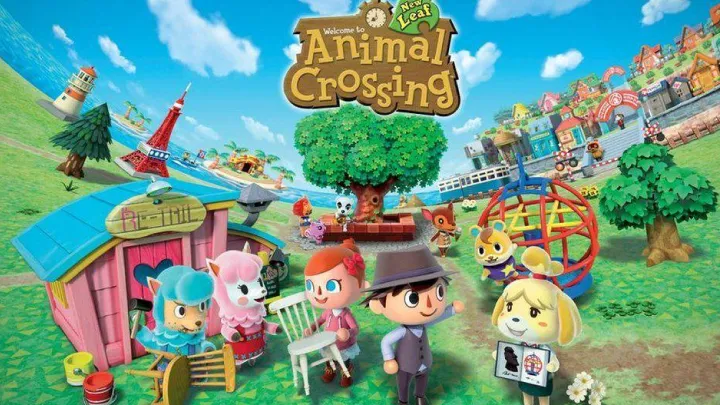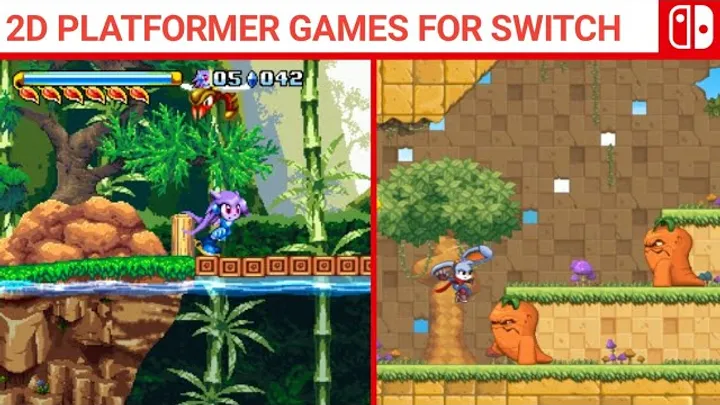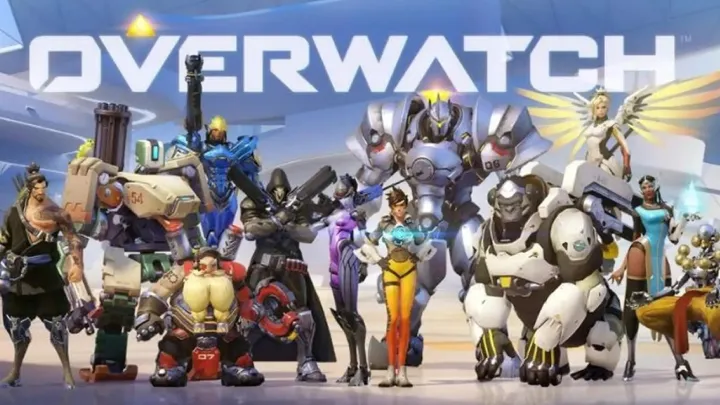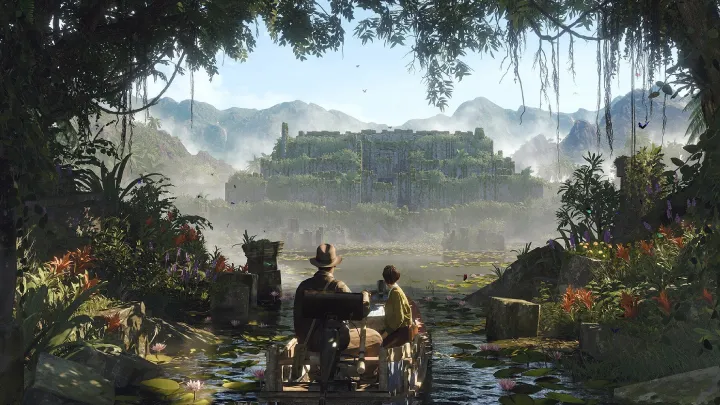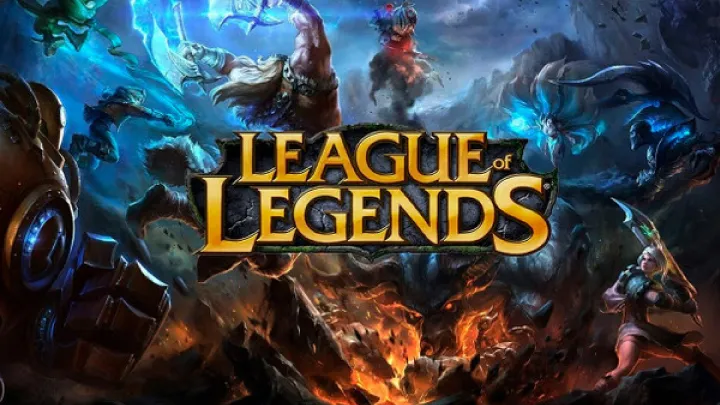Introduction
The video game industry has long been dominated by massive studios with budgets that rival Hollywood movies. Yet, amidst the noise of blockbuster releases, independent developers — or indie creators — have built worlds of wonder that captured the hearts of millions. Without large teams, advanced technology, or marketing empires, these small studios achieved something far more powerful: authentic creativity.
Indie games are born from passion rather than profit. They take risks big studios often avoid, focusing on raw emotion, experimental gameplay, and deeply personal stories. From Undertale’s quirky humor to Hades’ polished combat, indie developers have redefined what “great” gaming can mean.
Let’s explore ten indie titles that didn’t just impress players — they surprised the world and reshaped gaming forever.
1. Undertale – The RPG That Redefined Storytelling
A Game Built on Heart
In 2015, a single developer — Toby Fox — released Undertale, an RPG unlike anything before it. It took the formula of classic games like EarthBound and infused it with empathy, humor, and consequence. Players could choose to fight or spare their enemies, and every choice affected the story.
Breaking RPG Conventions
Undertale shocked players with its meta-narrative. Characters remembered past actions, and the game seemed aware of the player’s decisions, even across save files. Its emotional depth and simple pixel art proved that storytelling, not graphics, defines immersion.
It became a cultural sensation, showing that one person’s vision can rival the biggest RPGs in emotional impact.
2. Hollow Knight – Depth and Art from a Tiny Team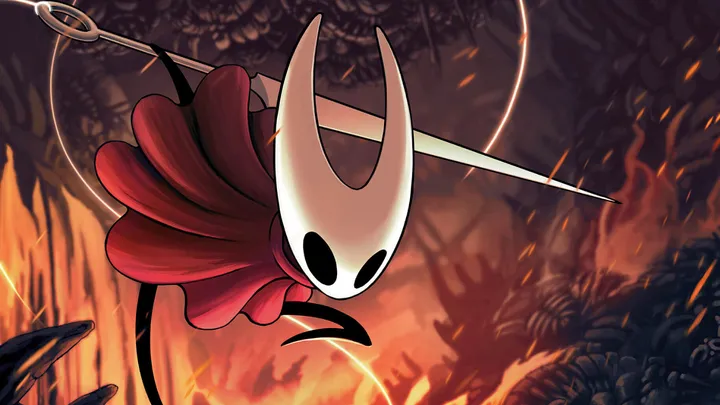
A World Beneath the Surface
Developed by Team Cherry, Hollow Knight (2017) started as a Kickstarter project but grew into one of the most respected indie games ever made. It offers players a hauntingly beautiful world filled with secrets, lore, and precise combat.
A Benchmark for Indie Excellence
Every frame, sound, and animation oozes passion. Despite its small budget, Hollow Knight feels grand — rivaling the best from major studios. Its non-linear exploration and challenging bosses helped define the modern Metroidvania genre, proving that small teams can create monumental experiences.
3. Stardew Valley – One Man’s Dream Farm
A Solo Miracle
Stardew Valley is a modern fairy tale in gaming development. Created entirely by Eric Barone (ConcernedApe) over four years, it began as a love letter to Harvest Moon and evolved into something deeper — a peaceful, emotional retreat from modern chaos.
The Power of Simplicity
Players found joy not just in farming, but in community, relationships, and personal growth. Barone’s handcrafted world became a cozy escape for millions. Its success inspired countless solo developers to follow their dreams, proving that patience and vision can outgrow even corporate giants.
4. Celeste – Climbing Mountains Inside and Out
Gameplay Meets Emotion
Released in 2018 by Matt Makes Games, Celeste combined pixel-perfect platforming with a heartfelt story about mental health and perseverance. Players guide Madeline up a perilous mountain — both literally and emotionally.
A Symbol of Hope in Indie Design
Its difficulty was never punishing for the sake of it; every failure became a lesson. The soundtrack and writing built a world where gameplay mirrored inner struggle. Celeste showed that indie games can tackle deep themes while maintaining superb mechanics.
5. Hades – The Rogue-Lite That Won Hearts
A Studio’s Crowning Achievement
Developed by Supergiant Games in 2020, Hades turned the rogue-lite formula into an addictive, story-driven experience. As Zagreus, the son of Hades, players attempt to escape the Underworld — dying and retrying each time with new dialogue, upgrades, and relationships.
Innovation Through Repetition
What surprised the world was how Hades transformed repetition into storytelling. Characters evolved as players progressed, creating a narrative that grew richer with every attempt. Its voice acting, visuals, and fluid combat made it one of the first indie games to win major Game of the Year awards.
6. Among Us – A Viral Phenomenon
From Obscurity to Global Fame
Among Us, developed by InnerSloth in 2018, initially went unnoticed. But in 2020, during the pandemic, it exploded into a worldwide phenomenon thanks to streamers and social media. Suddenly, millions were accusing each other of being “sus” in a mix of chaos and laughter.
Simple Fun, Massive Impact
Its genius lay in its simplicity: a social deduction game that anyone could play. The memes, community energy, and accessibility turned it into a pop culture icon — proving that timing and creativity can outshine any marketing budget.
7. Cuphead – Hand-Drawn Difficulty
A Visual Masterpiece
Cuphead (2017) stunned players with its hand-drawn 1930s cartoon style. Every frame was illustrated by hand, every animation fluid, every boss encounter bursting with personality. Studio MDHR took a massive gamble on an old aesthetic — and it paid off.
Challenge Meets Charm
While brutally difficult, Cuphead’s fair design rewarded perseverance. Its jazz soundtrack and vintage animation transported players into a bygone era of art. Cuphead wasn’t just a game — it was proof that visual creativity could redefine indie gaming’s artistic ceiling.
8. Dead Cells – Perfected Action Platforming
A Blend of Genres
Developed by Motion Twin in 2018, Dead Cells combined rogue-lite structure with Metroidvania exploration and fluid combat. Every run felt different, yet familiar, as players unlocked weapons and abilities through relentless experimentation.
Innovation Through Feel
Its snappy controls, unpredictable enemies, and layered progression kept players hooked for hundreds of hours. Critics hailed Dead Cells as one of the most “playable” games ever — a masterclass in responsive design that influenced both indie and mainstream developers.
9. Inside – Minimalism and Mystery
The Art of Silence
From Playdead, the creators of Limbo, Inside (2016) elevated minimalism to an art form. There’s no dialogue, no tutorials — just environmental storytelling. Every movement feels deliberate, every shadow tells a story.
A Dystopian Masterwork
Its haunting atmosphere and ambiguous ending sparked endless theories. Inside doesn’t explain; it invites interpretation. That courage to let silence speak turned it into one of the most respected narrative experiences in modern gaming.
10. The Witness – Puzzle and Philosophy Combined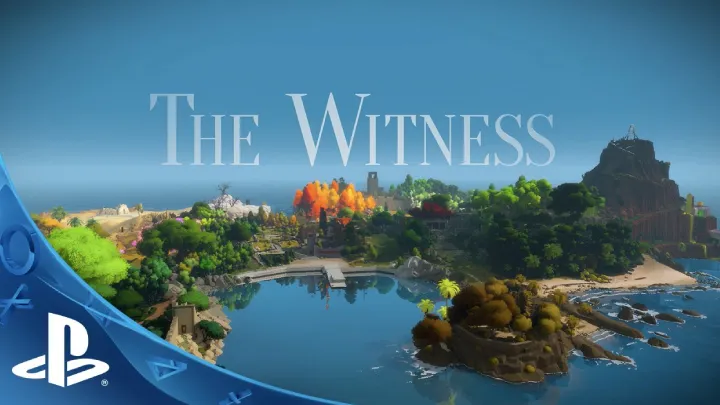
A Journey of the Mind
Jonathan Blow, best known for Braid, returned with The Witness (2016) — a sprawling puzzle game set on a mysterious island. Players explore freely, solving interconnected puzzles that gradually reveal philosophical ideas about perception, learning, and enlightenment.
Beyond Traditional Gameplay
There are no enemies or instructions — just discovery. The Witness is more meditation than competition. Its brilliance lies in making players feel smarter through pure observation. It redefined what an intellectual gaming experience could be.
Conclusion – How Indie Games Changed the Industry
Indie games have reshaped what players expect from gaming. They’ve proven that creativity, passion, and authenticity can rival — even surpass — the most expensive productions. From emotional narratives (Celeste, Undertale) to artistic innovation (Cuphead, Inside), indie developers push boundaries precisely because they aren’t afraid to fail.
They remind us that gaming isn’t just entertainment — it’s expression. It’s a reflection of human imagination, resilience, and artistry. Whether it’s a one-person team or a small studio of dreamers, indie developers continue to surprise the world — and in doing so, redefine the very soul of gaming.









